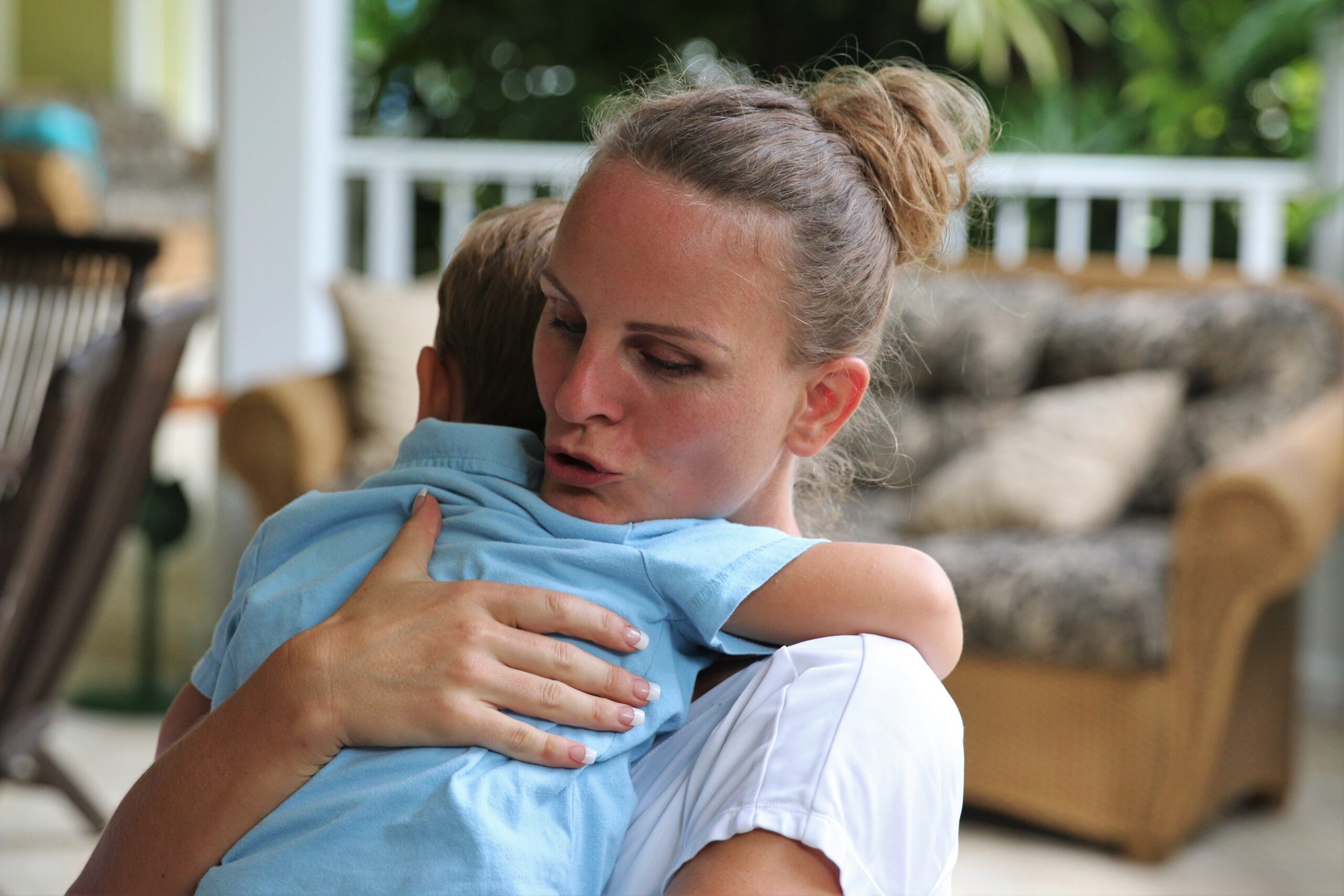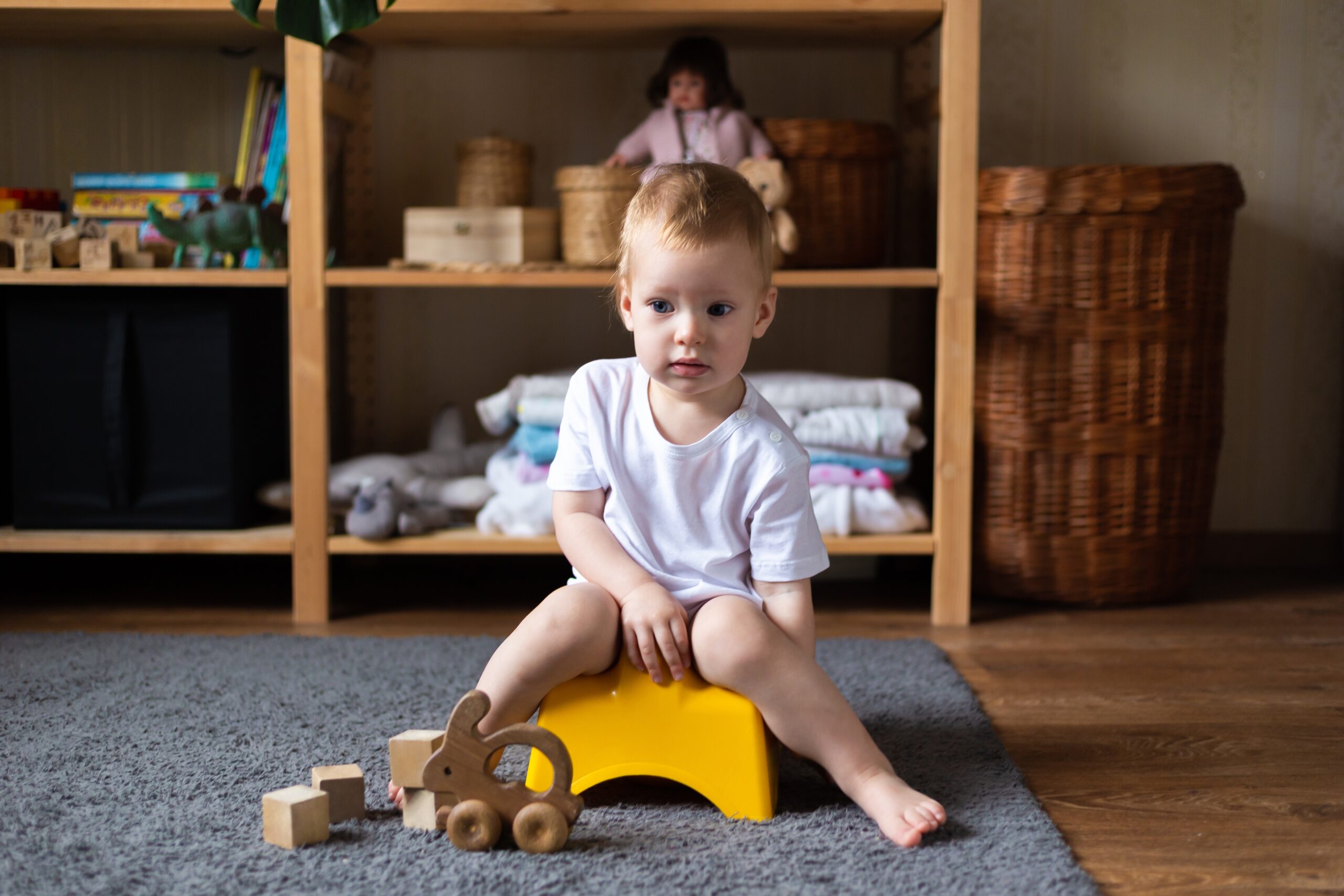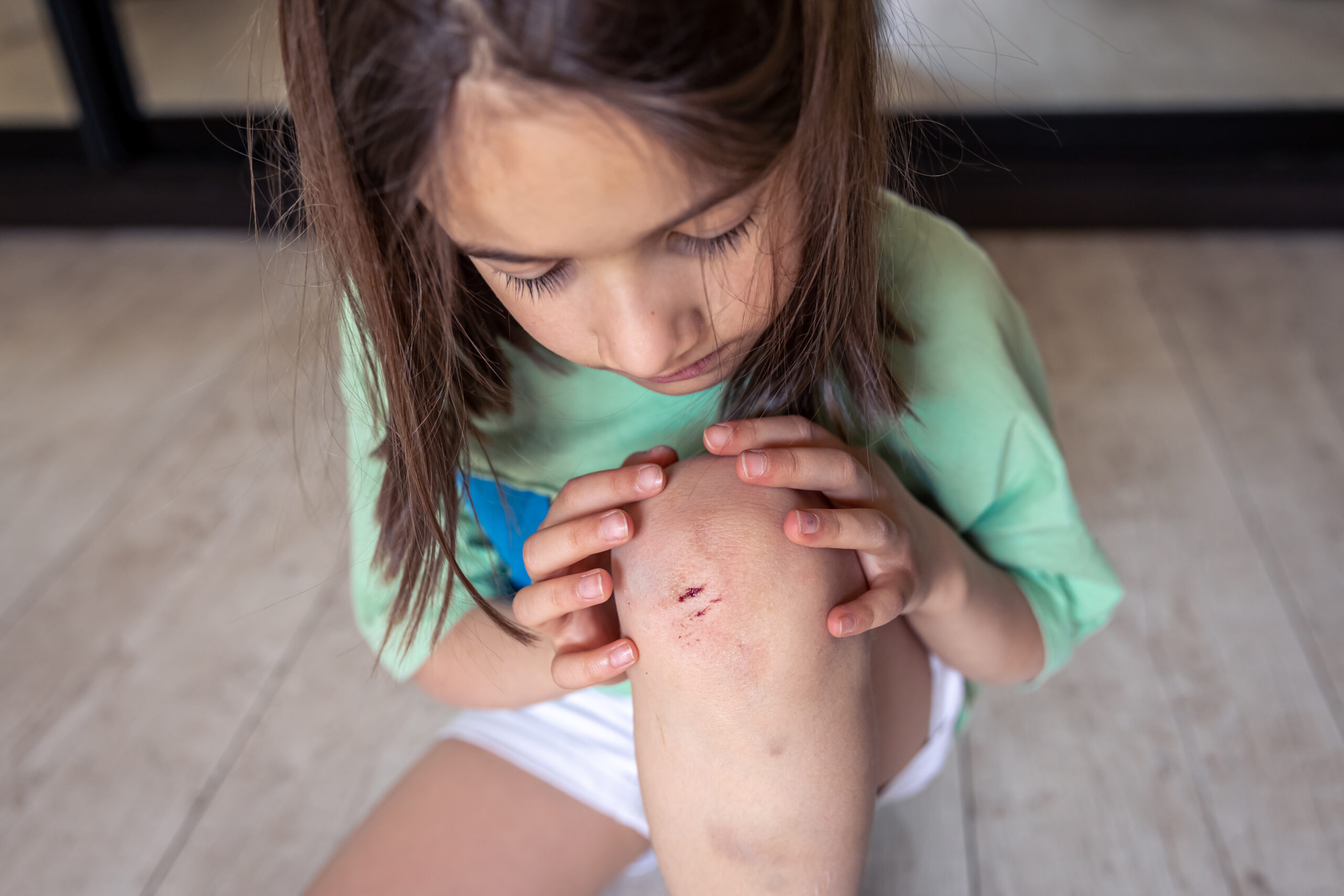The use of restraints for kids with autism is a sensitive but important topic that requires open and honest discussion. While often avoided, it is crucial to address it with understanding, compassion, and proper care. Restraints should never be used lightly and must always be a last resort, applied only in extreme situations where there is an immediate risk of harm to the individual or others.
When Are Restraints Necessary?
Restraints may become necessary during a severe meltdown when a child with autism loses control of their body and behavior. These episodes can be overwhelming, both for the child and the caregiver. The primary goal of using restraints should always be to ensure safety, not to assert control or discipline.
Situations That May Require Restraints
- The child is physically harming themselves, such as hitting their head against a hard surface.
- The child is attempting to hurt others, including caregivers, peers, or teachers.
- The child is in a dangerous environment, such as near traffic or on an elevated surface where they might fall.
- All other de-escalation techniques have failed, and immediate intervention is necessary.
The Emotional Impact of Restraints on Autistic Individuals
To truly understand the impact of restraints, we must move beyond a neurotypical perspective and consider the experience from an autistic individual’s point of view.
How Restraints Feel During a Meltdown
Many individuals with autism describe meltdowns as terrifying and uncontrollable experiences. Some report feeling powerless, embarrassed, or degraded when restrained. Imagine being restrained in a public place, such as a shopping mall, where bystanders might misinterpret the situation and assume criminal behavior. This not only increases the distress of the autistic individual but may also escalate the situation further.
Additionally, even if a person appears unresponsive during a meltdown, they may still be aware of their surroundings. Many autistic individuals recall hearing and understanding everything being said during a meltdown, even if they were unable to respond. Yelling, sarcasm, or degrading comments can cause deep emotional trauma and should always be avoided. Instead, calmness and reassurance are key.
Best Practices for Using Restraints Safely and Ethically
When it comes to using restraints, safety, dignity, and respect must be the top priorities. Here are essential guidelines to follow:
1. Restraints Should Be the Last Resort
Restraints should only be used when all other options have failed and there is an immediate danger. De-escalation techniques, such as deep-pressure therapy, redirection, or allowing time for self-regulation, should be attempted first.
2. Privacy Matters
Being restrained in a public space can be humiliating and dangerous. If possible, move the individual to a less visible and safer location before implementing any physical restraint. For example, if a meltdown occurs in a crowded parking lot, moving to a more private area can help de-escalate the situation and reduce embarrassment.
3. Assume Awareness
Even if the individual seems unresponsive, assume they can hear and understand you. Speak calmly and reassuringly. Avoid shouting, using sarcasm, or making degrading comments, as these can cause long-term emotional harm.
4. Proper Training is Essential
Caregivers, teachers, and professionals should receive proper training on safe restraint techniques. Dangerous practices, such as pinning someone to the ground or overstretching their arms, should always be avoided as they can lead to serious injuries.
5. Avoid Restrictive Positions
Laying on someone to restrain them can restrict breathing, leading to a dangerous situation. Overextending arms or twisting limbs can cause sprains or fractures. The goal is to secure the individual safely, not to inflict harm.
6. Restraints Should Never Be Used for Punishment
A meltdown is not a behavioral choice; it is a response to overwhelming stress, anxiety, or sensory overload. Just as you wouldn’t punish someone for having a seizure, you shouldn’t punish an autistic child for having a meltdown. Restraints should never be used as a form of control, discipline, or convenience.
7. Provide Comfort and Support Afterward
Once the individual has calmed down, they need support, not judgment. Allow them time to process what happened and offer comfort in a way that suits their needs—whether that’s quiet time, sensory tools, or reassurance from a trusted caregiver.
The Role of Caregivers and Professionals
For caregivers, professionals, and loved ones, the key is to approach restraint situations with empathy and respect. When implemented by a trusted person, the fear and embarrassment associated with restraint may be lessened. However, even loved ones must use proper techniques to prevent harm.
In professional settings, such as schools or therapy centers, restraint policies should be reviewed regularly to ensure they prioritize the child’s well-being. The use of restraints in these environments can feel more intimidating to the child, especially if they do not have a strong bond of trust with the staff. Excessive use of restraints in schools or care centers can also lead to long-term trauma and should be strictly monitored.
When and How to Use Restraints for Kids with Autism – Final Thoughts
Restraints are a difficult but necessary topic when discussing autism care. They should only be used in moments of extreme vulnerability and distress when there is no other option to ensure safety. Understanding the emotional and physical impact of restraints is crucial for caregivers, educators, and professionals.
If you are supporting a child with autism, remember to approach every situation with patience, empathy, and a commitment to their dignity and well-being. Restraints should never be about control but about protection when absolutely necessary. By prioritizing safety, respect, and de-escalation strategies, we can provide better support for autistic individuals and create a more compassionate environment for everyone involved.
Also read: Should Parents Use a Safety Leash for Children with Autism?
About Olga Sirbu
My name is Olga Sirbu, I am a Board Certified Behavior Analyst (BCBA) and Licensed Applied Behavioral Analyst. My goal is to support and empower families and individuals on the autism spectrum.
Autism Advance is dedicated to training parents and caregivers, providing practical tips, and teaching individuals how to educate kids with autism.
I share evidence-based practices to help you better understand and support individuals with autism. Learn practical strategies to help individuals with autism reach their full potential, as well as gain a deeper understanding and acceptance of autism.
Thank you for considering Autism Advance as a resource for your autism journey.








